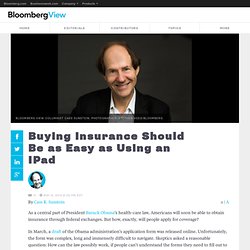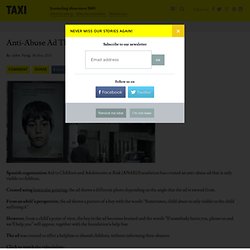

Tiny House Village to Shelter the Homeless in Texas by Kelly McCartney. The project, which is set to break ground next year, will include places for residents to live, garden, worship, and work. posted Dec 16, 2013 This article originally appeared on Shareable.

An architect's rendering of the Community First! Village. Image courtesy of Mobile Loaves and Fishes. In Austin, Texas, a project to offer affordable housing to some 200 chronically homeless citizens is on the move. Graham views Community First! Supporter Alan Graham, of Mobile Loaves and Fishes, notes that the price of not housing these folks costs taxpayers about $10 million a year, not to mention the emotional and psychological tolls on the homeless themselves. Graham says that, for the most part, local residents seem to be in favor of the project.
Graham has been working with the homeless in his community for more than 14 years and cites broken families as the leading cause of homelessness. And he has given them hope. Kelly McCartney wrote this article for Shareable, where it originally appeared. How to Design Our Neighborhoods for Happiness by Jay Walljasper. Biology is destiny, declared Sigmund Freud.

But if Freud were around today, he might say “design is destiny”—especially after taking a stroll through most modern cities. The way we design our communities plays a huge role in how we experience our lives. The way we design our communities plays a huge role in how we experience our lives. Neighborhoods built without sidewalks, for instance, mean that people walk less and therefore enjoy fewer spontaneous encounters, which is what instills a spirit of community to a place. A neighborly sense of the commons is missing.
You don’t have to be a therapist to realize that this creates lasting psychological effects. Of course, this is no startling revelation. Drinking Water out of Air. New App Lets You Boycott Koch Brothers, Monsanto And More By Scanning Your Shopping Cart. In her keynote speech at last year’s annual Netroots Nation gathering, Darcy Burner pitched a seemingly simple idea to the thousands of bloggers and web developers in the audience.

The former Microsoft MSFT +0.13% programmer and congressional candidate proposed a smartphone app allowing shoppers to swipe barcodes to check whether conservative billionaire industrialists Charles and David Koch were behind a product on the shelves. Burner figured the average supermarket shopper had no idea that buying Brawny paper towels, Angel Soft toilet paper or Dixie cups meant contributing cash to Koch Industries Koch Industries through its subsidiary Georgia-Pacific. Similarly, purchasing a pair of yoga pants containing Lycra or a Stainmaster carpet meant indirectly handing the Kochs your money (Koch Industries bought Invista, one of the world’s largest fiber and textiles companies, in 2004 from DuPont). At the time, Burner created a mock interface for her app, but that’s as far as she got. Commenters Chew Over Fed's Mortgage Form Mock-Ups. Buying Insurance Should Be as Easy as Using an IPad.
As a central part of President Barack Obama’s health-care law, Americans will soon be able to obtain insurance through federal exchanges.

But how, exactly, will people apply for coverage? In March, a draft of the Obama administration’s application form was released online. Unfortunately, the form was complex, long and immensely difficult to navigate. Skeptics asked a reasonable question: How can the law possibly work, if people can’t understand the forms they need to fill out to get insurance in the first place?
Last week, the Department of Health and Human Services released a radically revised application form, and there’s excellent news. For people with families, the form is a bit longer (11 pages), yet the questions are straightforward, simple and jargon-free. Although the tale of the streamlined health-insurance application form has a happy ending, it also offers three general lessons. Three Lessons In such cases, the local usually isn’t being cruel or mischievous. Experience Matters. Anti-Abuse Ad That Is Only Visible To Children. Spanish organization Aid to Children and Adolescents at Risk (ANAR) Foundation has created an anti-abuse ad that is only visible to children.

Created using lenticular printing, the ad shows a different photo depending on the angle that the ad is viewed from. From an adult’s perspective, the ad shows a picture of a boy with the words “Sometimes, child abuse is only visible to the child suffering it”. However, from a child’s point of view, the boy in the ad becomes bruised and the words “If somebody hurts you, phone us and we’ll help you” will appear, together with the foundation’s help line.
The ad was created to offer a helpline to abused children, without informing their abusers. Click to watch the video below: [via PetaPixel] Receive interesting stories like this one in your inbox.